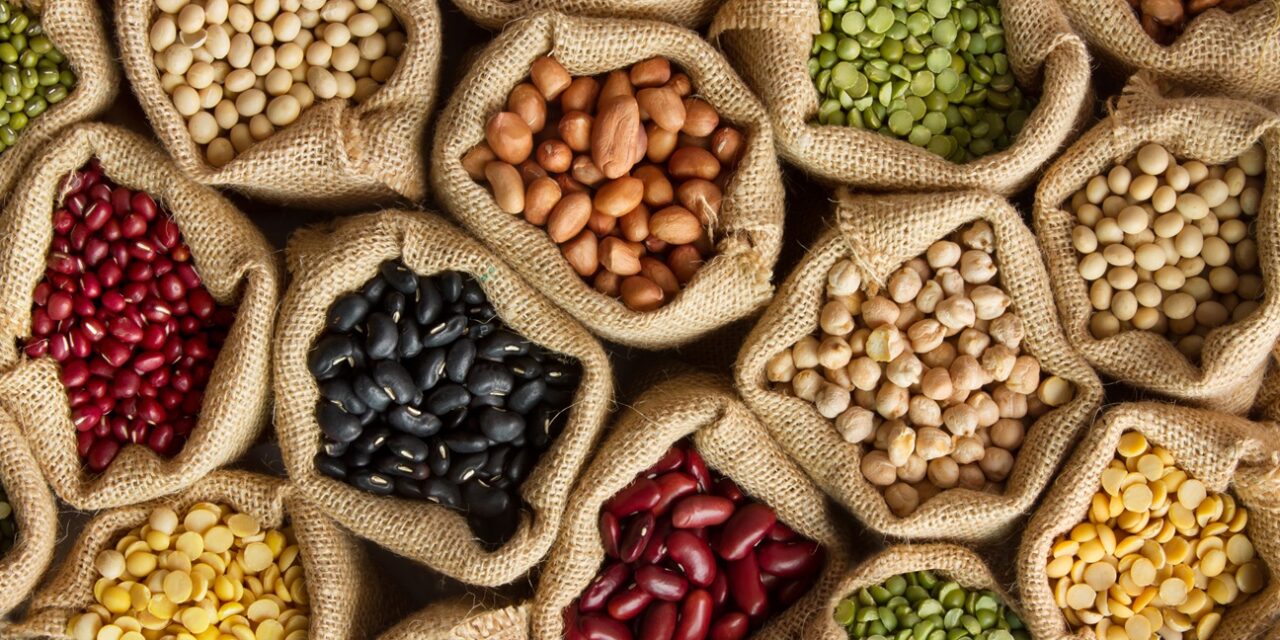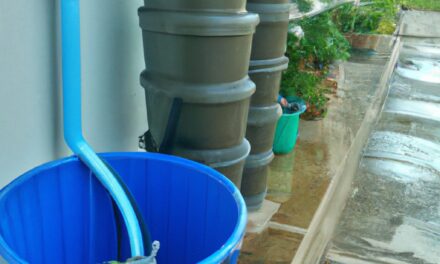Learning How to Save Seeds from Existing Plants is an important skill to learn for self-reliance and preparedness. In the article below, we share some important tips for learning and developing this important skill.
Saving seeds from existing plants is an empowering practice that not only allows you to preserve heirloom seeds but also turns you into an active participant in the fascinating world of seed saving. By mastering the art of seed saving, you can create a self-sustaining garden while contributing to the preservation of diverse heirloom varieties. This chapter will guide you through the process, from simple techniques like dry harvesting to more complex methods such as fermentation. Not only will you ensure the continuity of these precious plant resources, but you can also share your knowledge within your community, fostering a resilient and interconnected gardening network.
Get your free Subscription to PREPARE Magazine
Benefits of Saving Seeds:
1. Preservation of Heirloom Seeds: Saving seeds from existing plants is a vital practice in preserving heirloom seeds. Heirloom varieties carry the history and genetic diversity of our plants and are at risk of being lost without conservation efforts.
2. Self-Sustaining Garden: By learning how to save seeds, you can create a self-sustaining garden. Instead of relying on external sources for seeds each season, you can harvest, store, and replant your own seeds, reducing costs and ensuring a continuous supply.
3. Customization and Adaptation: Saving seeds allows you to tailor your plants to your specific needs and preferences. Over time, you can select seeds from plants with desirable traits, such as disease resistance, flavor, or productivity, resulting in a garden perfectly adapted to your unique growing conditions.
Seed Saving Techniques:
1. Dry Harvesting: Dry harvesting is a simple and commonly used method for saving seeds. It involves allowing the plants to mature fully and dry on the plant before harvesting the seeds. This method is suitable for plants with dry seeds, such as beans, peppers, or sunflowers.
2. Wet Processing: Some plants, like tomatoes or cucumbers, have seeds surrounded by a gel-like substance. Wet processing is required to separate the seeds from this gel. The process includes fermenting the seeds in water to remove the gel, rinsing, and drying them before storage.
3. Biennial Plants: Biennial plants, like carrots or beets, form seeds in their second year, requiring overwintering. These plants require specific techniques, including overwintering the plants or storing them in a cool and dry place until the following spring.
Get your free Subscription to PREPARE Magazine
Storing Saved Seeds:
1. Proper Labeling: It is crucial to label your saved seeds accurately. Include the plant’s name, variety, and the date of collection. Proper labeling ensures you can keep track of your seeds and share them with others confidently.
2. Cool and Dry Storage: To maintain seed viability, store them in a cool and dry place, ideally between 32 and 41°F (-5°C). Low humidity levels and consistent temperatures will prolong their shelf life.
3. Seed Containers: Use airtight containers, such as glass jars or seed envelopes, to store your saved seeds. These containers protect the seeds from moisture, light, and pests.
Sharing Seeds and Knowledge:
1. Community Seed Exchanges: Seed saving is a perfect opportunity to foster community resilience and interconnectedness. Participate in community seed exchanges or start one in your area to share your saved seeds and gain access to new varieties from fellow gardeners.
2. Educating Others: Share your seed-saving knowledge and experience with others. Conduct workshops or host events to empower fellow gardeners to become seed savers themselves. By spreading this information, you contribute to a more sustainable and diverse gardening community.
Learning how to save seeds from existing plants is a valuable skill that not only enables you to preserve heirloom seeds but also empowers you to take control of your garden’s sustainability. By utilizing techniques like dry harvesting and wet processing, you can successfully save a wide range of seeds. Ensure proper storage and labeling, and consider participating in seed exchanges and educating your community to promote a resilient and interconnected network of gardeners. Embrace the art of seed saving, become a steward of biodiversity, and contribute to the preservation of our precious plant resources.








